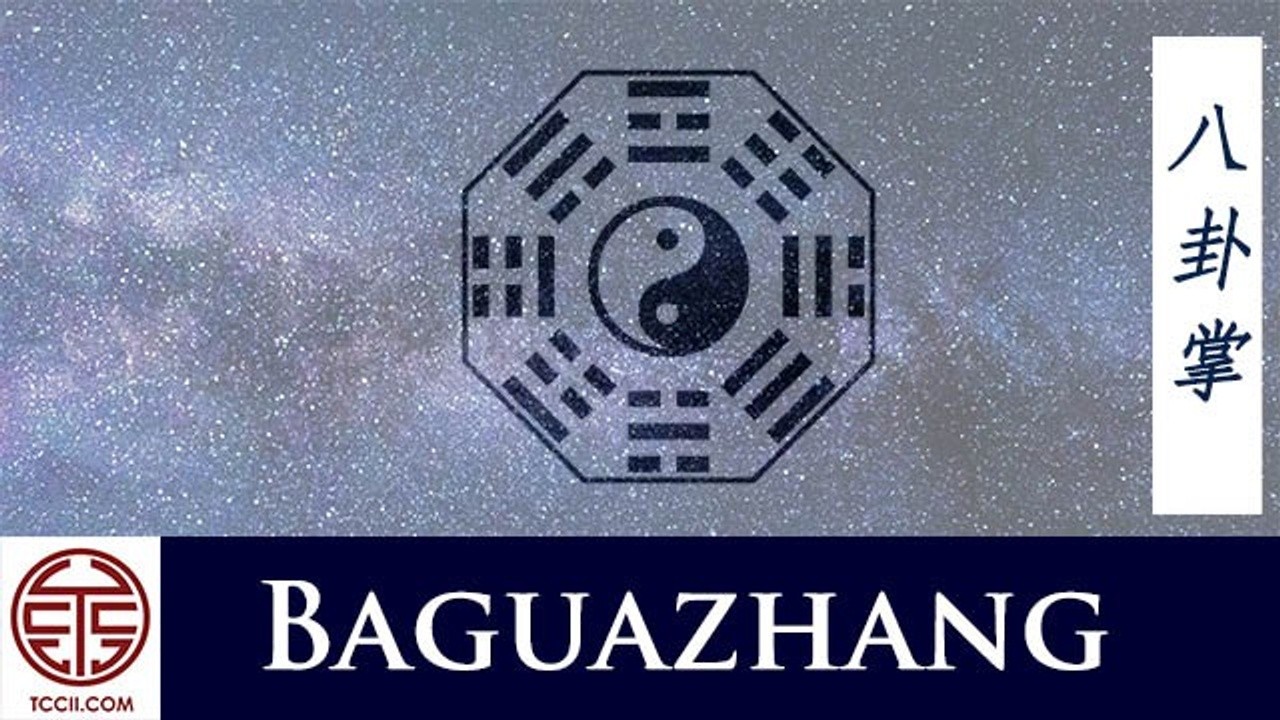Chinese Boxing

What is Chinese Boxing?
Chinese boxing is the literal translation for Chung Kou Chuan (Zhong Guo Quan) where Zhong Gou mean China and Chuan (literally Fist) means unarmed combat methods. Now, many people use the term Chinese Boxing to refer to San Shou, or Free Fighting (also called San Da), the full contact martial sport in China which has its origins in traditional Chinese martial arts.
The traditional Chinese Boxing methods are more accurately called Traditional Kung Fu in the West. In Mainland China they are called Traditional Wushu. Wushu means Martial Art - and "traditional" differentiating it from the Modern Wushu which has become a type of gymnastic sport.
Chinese Boxing, or Kung Fu as we call it in the West is divided into two main categories: External and Internal Kung Fu. While there's significant debate over the use of these terms, our school uses Internal Kung Fu to refer any art that has both 1) realistic, efficient martial principles and 2) internal cultivation based on Neidan, or Internal Alchemy. These are specifically not arts designed for sport, performance, or entertainment.
Chinese Energy Boxing
This special category of Chinese Boxing is more properly called Zhong Guo NeiJia Quan or Chinese Energy Boxing where Nei Jia refers to Internal Energy Based Arts or Qi.
Simply put, if a system lacks the Internal Alchemy or Neidan component, it is not a true Internal Art. It might be mechanically effective, but it is not internal Kung Fu. This refers to arts commonly thought of as "internal" such as Tai Chi Chuan.
For example, if Tai Chi Chuan is taught without the advanced Neidan components, then it is simply a form of martial arts. Likewise if Tai Chi is taught without the martial component, it ceases to be a martial art (Quan) but it is still an effective form of Qigong. Unfortunately, many schools of Tai Chi lack both the Neidan and Martial component, becoming merely a form of calisthenics. It's a testament to the power of Tai Chi that so many people benefit from Tai Chi even if they aren't practicing the art to it's full potential.
Learning Authentic Internal Chinese Boxing
Authentic Internal Chinese Boxing trains the mind, body, spirit (Shen), and energy (Qi) of the practitioner for use in realistic self-defense situations. For this reason, weapons training is part of the curriculum. As mentioned earlier, traditional internal Kung Fu methods are not for sport, demonstration, or entertainment. They were designed to safeguard your life, especially in an era where you could not rely on government protection.
You may explore these traditional Internal Martial arts in greater detail depth:
Taijiquan (Tai Chi Chuan: Grand Extreme or Grand Ultimate Boxing)
Xingyiquan (Hsing-I Quan: Mind/Form-Intent Boxing)
Baguazhang (Pa Kua Zhang: Eight Diagram Palm)
Wingchunkuen (Yong Chun Quan: Eternal Springtime Boxing)
Baihequan (Fukien Pai Ho Chuan: Fujian White Crane Boxing)
Tongbeiquan (Ancient Term with several meanings: Includes Baijiquan, Piguazhang, Fanziquan and other arts.)
Shaolinquan (An umbrella term for a vast collection of arts influenced by the Buddhist Shaolin Temple Monks)
Wudangquan (An umbrella term for arts influenced by the Taoist Wudang Temple Priests)
Training in these rare arts is available through online classes or private instruction. Follow the links above to learn more about each art.
Non Chinese Boxing Class Options
We understand that some people are not interested in the self-defense or realistic combative applications of Chinese Boxing or Internal Kung Fu. Fortunately, the ancient culture produced many great Yang Sheng or Life Nourishing Arts to study.
Qigong and Meditation
Tai Chi for Health
Neidan (Internal Alchemy)
Feng Shui (Wind and Water - esoteric study of your living Environment)
Yi Jing (Divination)
Ba Zi (Astrology)
Explore your online class options.
The 3 Secret Keys Masterclass
Pay What You Want
Your Journey Starts Here: Unlock the Qi Power of Any Posture, Move or Stance. This is the foundation for all Internal Arts... Taijiquan, Kung Fu, Qigong, Meditation, Baguazhang, Xingyiquan, Wudang...








